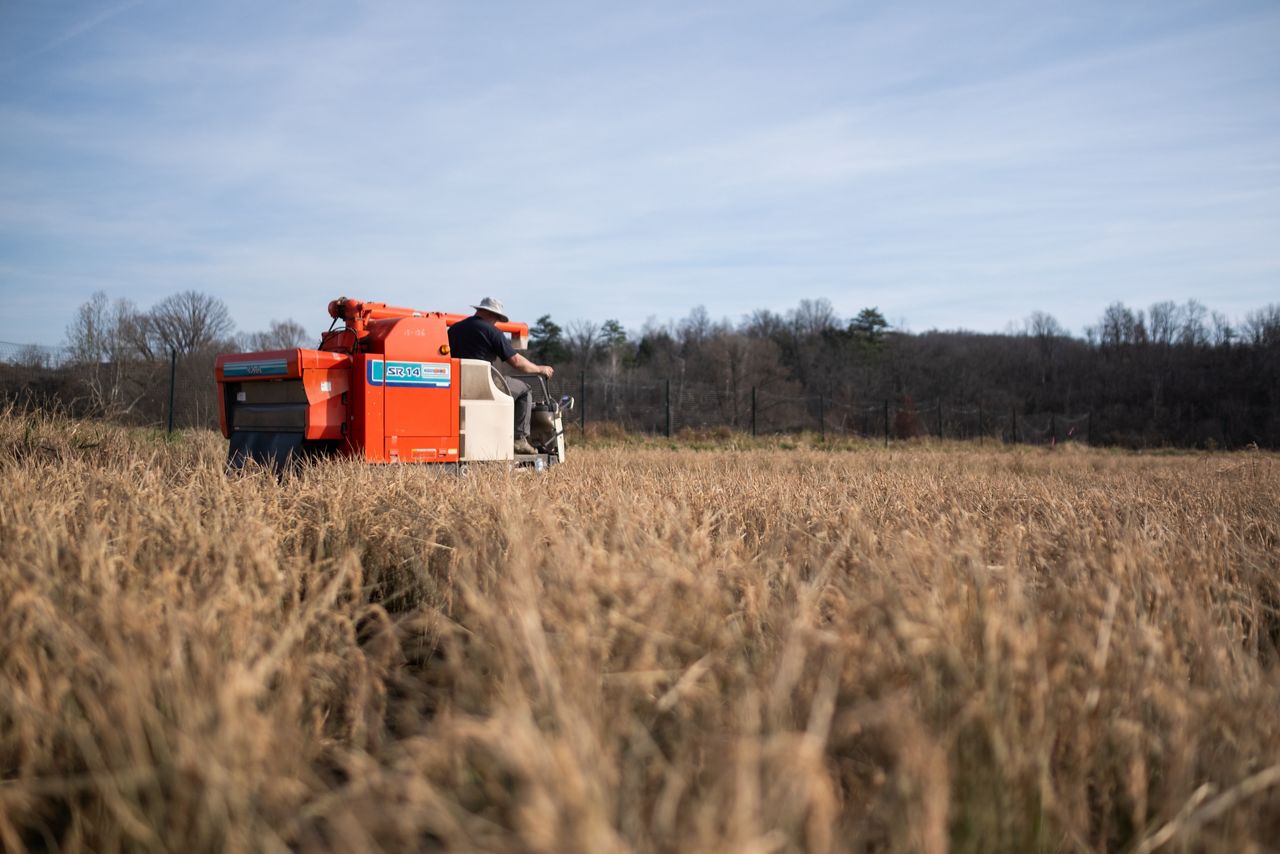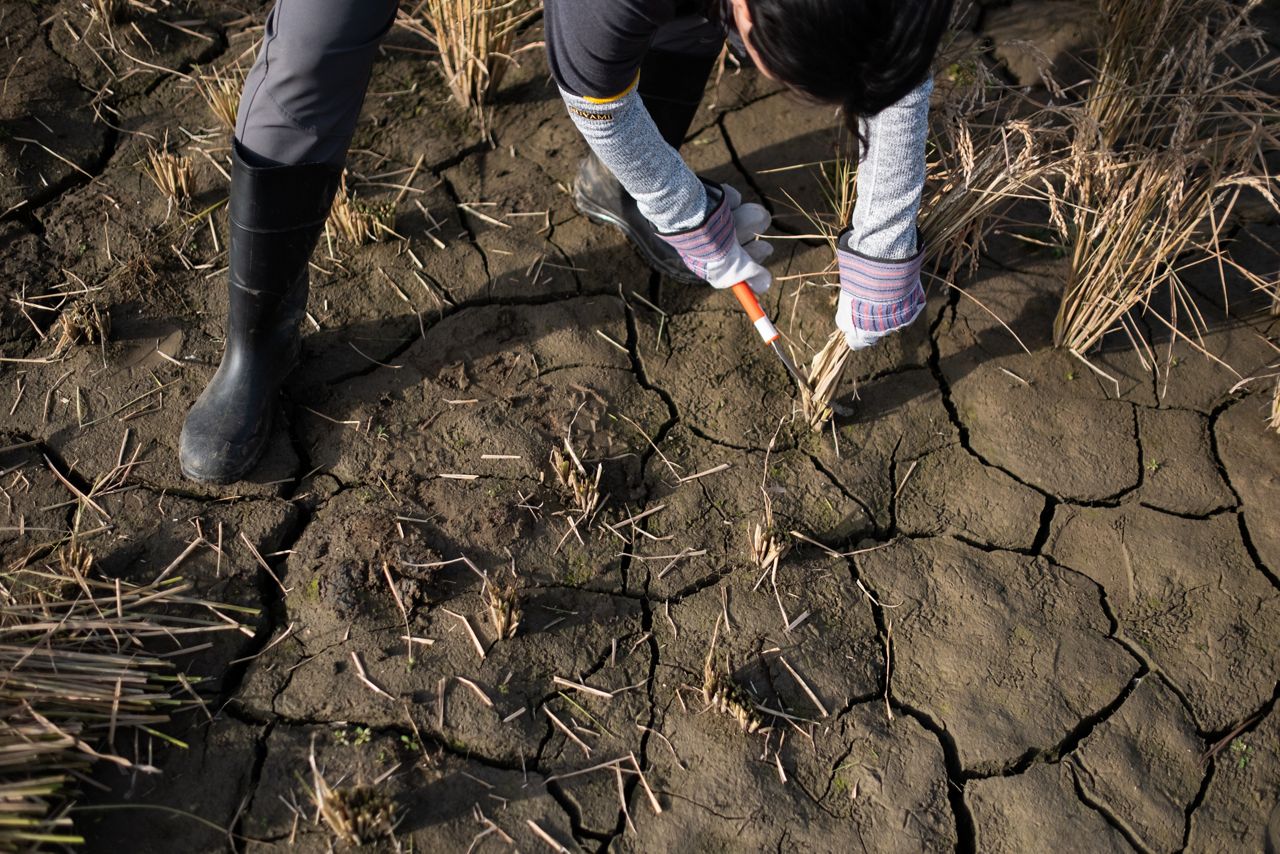As diversifying farm operations becomes more and more necessary, researchers at Cornell University are determining if rice is a viable crop in New York by planting it in floodplains.
Jenny Kao-Kniffin, an associate professor at Cornell, said the idea came after she met Erik Andrus, a rice farmer from Vermont.

“He said if you look at what’s being done in similar climate in Asia, there is no reason why we can’t grow rice here,” Kao-Kniffin said.
The goal of the project is to have farmers who grow crops near floodplains plant rice in the areas where vegetables and fruits can’t be planted.
“All their high value vegetables could be destroyed for the season, so we wanted to see if you could have a diversified farming system that could include a flood-tolerant crop that could bring in a lot of money,” Kao-Kniffin said.

With heavy flooding becoming more frequent, Kao-Kniffin said they want to prevent the loss of family farms due to 100-year flood events. The research farm where the rice fields are currently located near Fall Creek near Freeville, a place prone to heavy rainfall.
“That is what is happening in terms of increasing issues with flooding happening across really great agricultural floodplains,” she said.
There is an emphasis on the fact that rice does not need excessive water to grow, but it will tolerate flooding better than other vegetable crops.

“It does not have to be flooded for the entire growth season, it’s just for a short period of time to get the weeds to stay back, and then the rice plants will be tall enough that they are able to outcompete the weeks, then you can drain it,” Kao-Kniffin said.
Most rice production in the United States is done in Arkansas, Louisiana, Texas and California, according to the United States Department of Agriculture, but the U.S. only accounts for less than 2% of global rice production.

Cornell University has contracted Vermont-based rice farmer Erik Andrus to assist in the process of growing the rice.
“It’s much easier to engineer rice fields on very flat land in relatively fertile soil and where both irrigation and drainage are easy,” Andrus said.
It is common for people to think rice needs to be wet all the time, but draining the water is necessary when it comes to harvest, Andrus said.

“There’s not vast stretches of extremely flat land in New York state, but there are many, many pockets of suitable rice land and you don’t need many acres to make a profitable rice farm,” he said.
On his six-acre farm in Vermont, he grosses about $15,000 per acre with an input of about $3,000 per acre.

The long growing season required, however, remains a challenge.
“The rice is germinated from seed in early April and started under frost protection in a hoop house with overhead irrigation until the seedlings are about six inches tall,” Andrus said. “While that’s going on, the fields are being prepared.”
In late May to early June, the seedlings are then transplanted into the field and then harvest occurs in mid to late November.
The two acres of rice being grown in Freeville will be distributed as seeds for farmers interested in growing rice in the region, Kao-Kniffin said.

“They are farmers who will diversify and add to their vegetable production; for example, they will include rice,” she said.
The fields are growing six different varieties of rice to see which will do best in the climate here, Kao-Kniffin said.

The economic impact of being able to grow rice in New York could help farmers improve their financial stability in the face of increased flooding and changing climate, Andrus said.
“It’s an idea that’s barely been considered as a possibility,” he said. “This is potentially a type of cropping that is resilient in the face of the changes that are already underway.”









